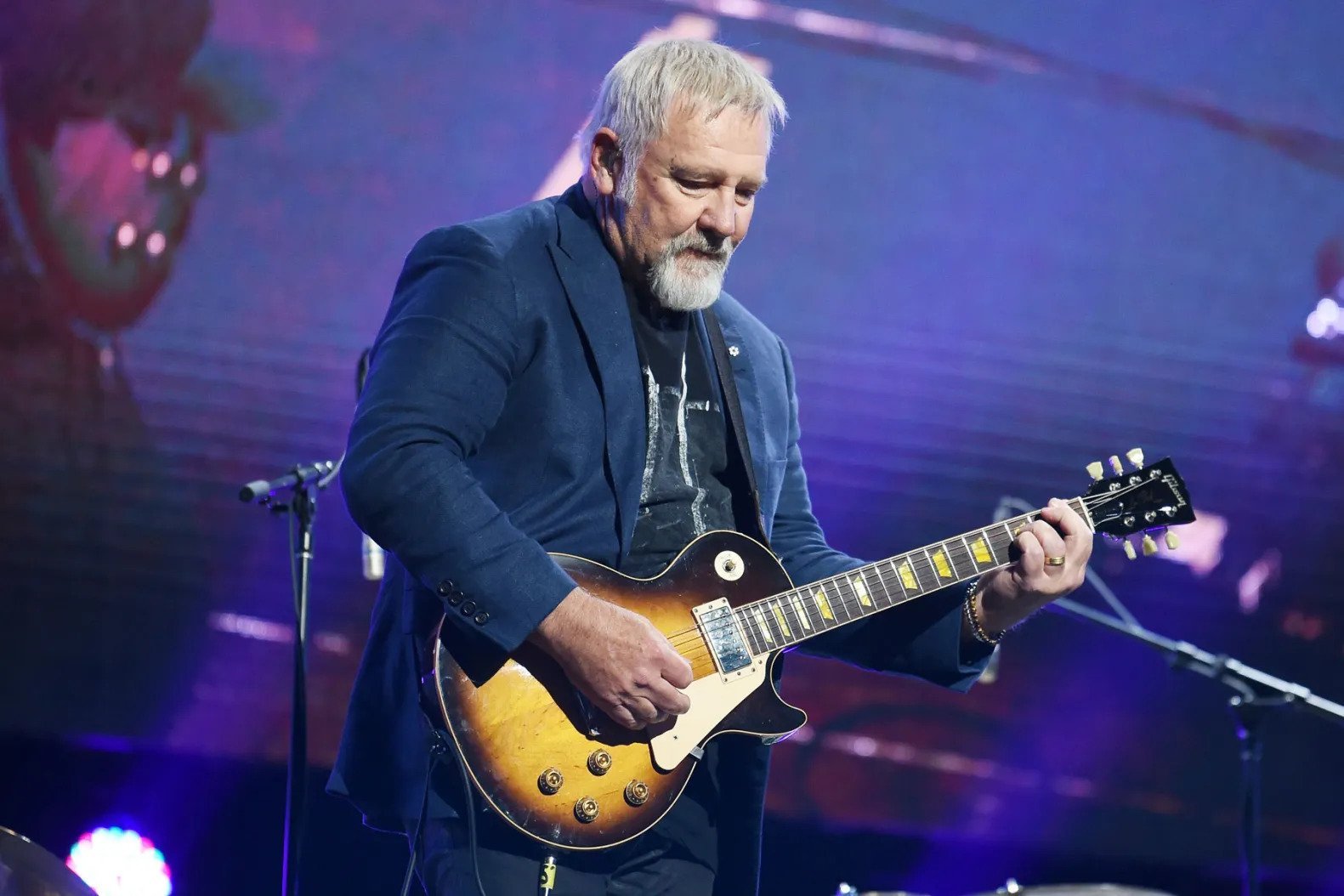Alex Lifeson, the guitarist for Rush, is a true success story. He was not only a vital member of one of the greatest bands of all time, but he is also among the greatest guitarists of all time. Not content with that accolade, Lifeson is a well-known multi-instrumentalist who has had several successes outside of the Canadian trio. In 2013, Lifeson and Rush bandmates Geddy Lee and Neil Peart were elected into the Rock & Roll Hall of Fame, a monument to his and the group’s genius.
Rush has released several critically regarded albums, ranging from the 1976 release of 2112 to the 1991 release of Roll the Bones. Consequently, the topic of which record Lifeson prefers has been debated for a long time. He eventually responded to it in 2021. In an interview with Make Weird Music, Lifeson selected Moving Pictures (1981), one of their most well-regarded albums, and declared emphatically that it “was by far the greatest record that we made.”
Lifeson recollected that while creating Moving Pictures, the three of them had a terrific time and everything “fell into place.” The success, in the end, he thinks, stems from the positive energy that permeated the writing and recording process. Ultimately, the album has timeless tracks like “Tom Sawyer” and “YYZ.” Giving further specifics, Lifeson stated: “Moving Pictures was by far the greatest record that we made. And, from our perspective, we had such a great time making that record. We were in a great space, we spent the summer working fairly close to Toronto – to home – writing it.”
He added, “When we went to the studio and started recording, everything about it fell into place. We really, really enjoyed the experience. I thought the material was strong and all that stuff. But the recording process itself was really a lot of fun, and for the most part quite smooth. And that doesn’t happen really very often. I could tell you horror stories about Grace Under Pressure — that was so difficult to make, and Vapor Trails.”
Lifeson went on to explain why watching moving pictures was such a thrill. “But Moving Pictures was really a delight. When we came to ‘Vital Signs’ song, and I have to jog my memory. We had songs on the record like ‘YYZ’ and ‘Limelight’ and ‘Tom Sawyer’ that were pretty big, rock, traditional rock songs. Maybe a little more concise than our previous writing as we were moving into that kind of writing economy that we sort of moved into from the late ’70s.”
“But when we came to that, it was just really different in the way we arranged it and put it together. Starting with the sequencer and having that part, and working out a guitar part above that, around that, and Neil was really into that kind of a drum approach. To that ska sort of thing, more reggae-ish. And when I say reggae, I mean modern white reggae.”
The Rush guitarist concluded, “He was really looking forward to that, and he was messing around with electronic drums at the time too. So it all became a part of this little exploration, and it touched on certain things that were coming to the world from that point forward. So that’s really it, I don’t really remember too much else about it.”
